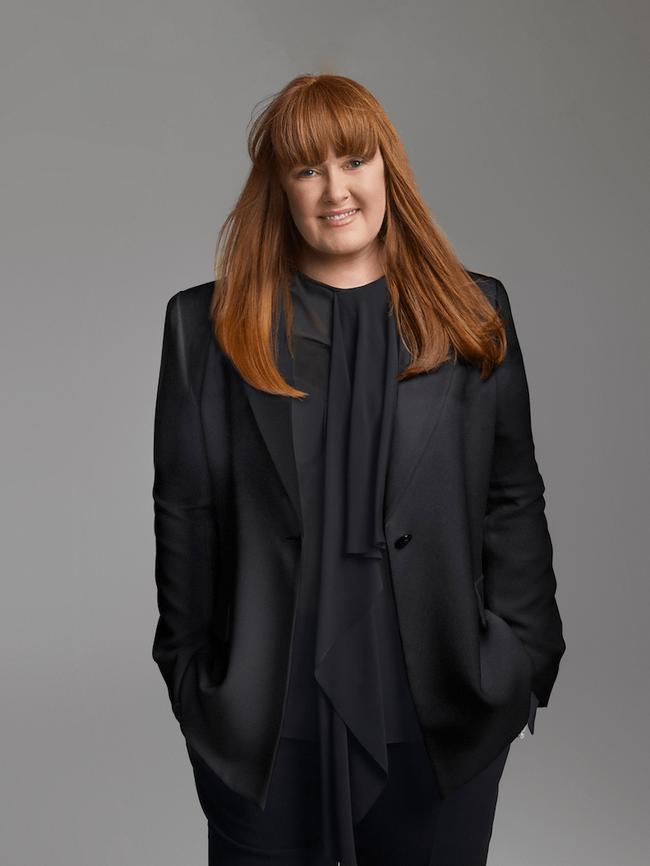Aussie women feel forced to stay in jobs with significant gender pay gap
Many Aussie companies will soon have to publish their gender pay gap – but there are fears cost of living pressures will keep women in jobs with significant wage inequality.

Careers
Don't miss out on the headlines from Careers. Followed categories will be added to My News.
Cost-of-living pressures could force more than half of Aussie women to stay with employers who have a significant gender pay gap, startling new research shows.
Just 45 per cent of women will quit their jobs if they discover their company pays substantially more to their male colleagues, according to findings from HR software company ELMO.
With many workers struggling to make ends meet, women may have no choice but to remain in roles where they are unfairly paid, believes ELMO HR director Kate Wilkinson.
“The current economic situation, with high costs of living and the potential for more rate rises, certainly does play a part (in women staying with employers with a gender pay gap),” she says.
The research shows Baby Boomers are the most likely to stay put, with only 18 per cent prepared to look for another job compared to 47 per cent of Generation Zs. This is a sign that older workers believe gender pay gaps are a “fact of life”, Wilkinson says.

Hold fire
From next year, all Aussie companies with more than 100 employees will be required to publish their gender pay gap, under laws that could trigger mass resignations.
Wilkinson advises workers to dig deep into their employer’s salary data before quitting. She cautions that information available under the new laws will not consider the qualifications, experience and longevity of individual workers, or whether they are employed on a full-time or part-time basis.
“(A gender pay gap within a company) is not always discrimination. It could be all those other factors, like having more women in part-time roles,” she says.
She says workers should look for gender pay discrepancies for the specific role they perform within their organisation, using information available through their HR department and salary guides.
If gender pay gaps are discovered for staff in identical roles, working under identical conditions, employees should request the company to address the issue, Wilkinson says.
Only then, if the response is unsatisfactory, should workers look for a new role elsewhere, she says.
Crossroads
The ELMO research comes as a new report shows many women are unsure about their employment future, with half considering switching careers and a third thinking about reducing their hours or taking a less demanding job.
Shockingly, one in five women of non-retirement age are contemplating leaving the workforce entirely, as poor confidence, workplace bias and a lack of female leadership take their toll, according to the report from leadership company Women Rising.
Women Rising chief executive officer Megan Dalla-Camina says a lack of opportunity to advance their career is a key factor for women looking to quit the workforce.
“The figures are alarming,” she says. “What will that mean for women’s financial security?
“Women are the fastest growing cohort facing homelessness so, when one in five are thinking about leaving the workforce and 34 per cent talking about cutting their hours, that’s a real concern.”


Second glass ceiling
A “second glass ceiling” is forcing many women to leave the workforce early and for reasons other than personal preference, says Charlene Loo, managing director of business improvement company BSI Australia.
Pay parity could prevent the early exit of up to 70 per cent of Aussie women workers, Loo says, while younger women could also benefit from having experienced female mentors in the workplace.
“Some of the barriers to women staying on longer in the workforce are similar to what we found with the initial glass ceiling,” she says.
“There are many factors that can lock women out of the workforce. But there are also clear strategies to address this, from support for workers experiencing menopause to taking steps in other areas, such as working flexibly and breaking down stigma, that could contribute to an enhanced work environment for all.”
Silencing the inner critic
Michelle Markham was plagued by doubts she was not “smart enough” to progress her career. That was until the digital sales director for Microsoft Asia participated in a Women Rising leadership program, run in partnership with her employer, that she says finally silenced her inner critic.
“A lack of self-belief, experience and bias has become so ingrained in us that we accept it,” Markham says.
“But you are infinitely more likeable, amazing and powerful than you think you are.
“In your own way, you’re the only person standing in your own way of achieving and unlocking what you’re truly capable of.”
Pay inequities
• The national gender pay gap is 13.3 per cent.
• The average weekly pay for a full-time female worker is $1,653.60, compared to $1,907.10 for a full-time male worker
• Women, on average, earn 87 cents for every $1 earned by a man. This equates to $253 less in women’s pay packets every week, or $13,183 per year.
• Women must work 56 extra days to earn the same average pay as men.
Source: Workplace Gender Equality Agency
Originally published as Aussie women feel forced to stay in jobs with significant gender pay gap


